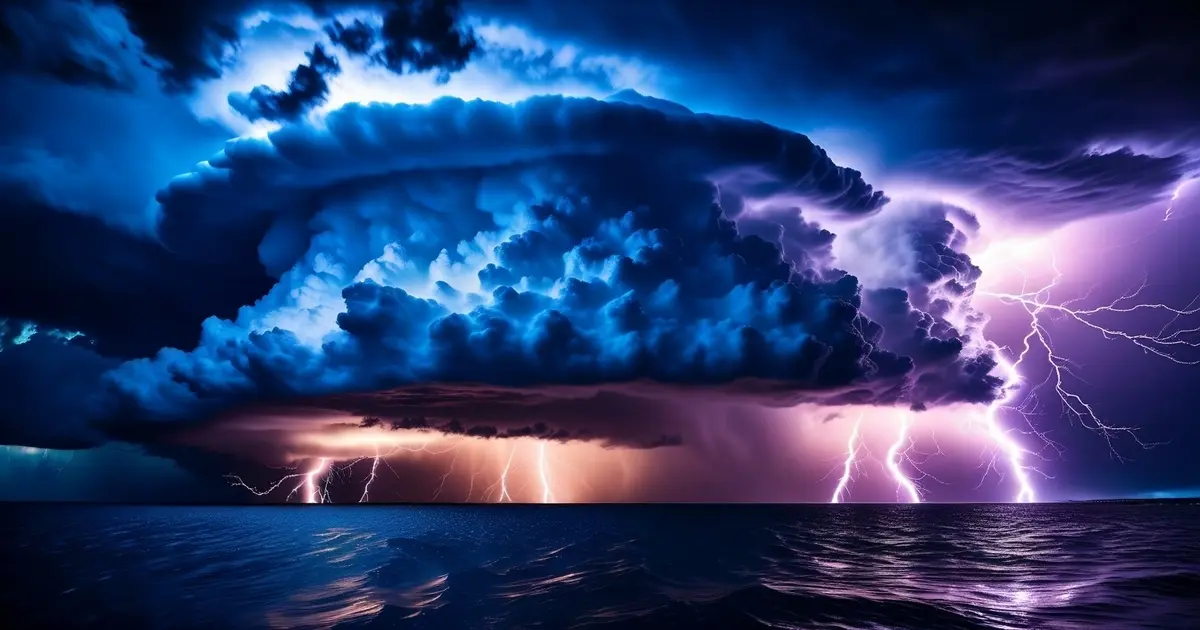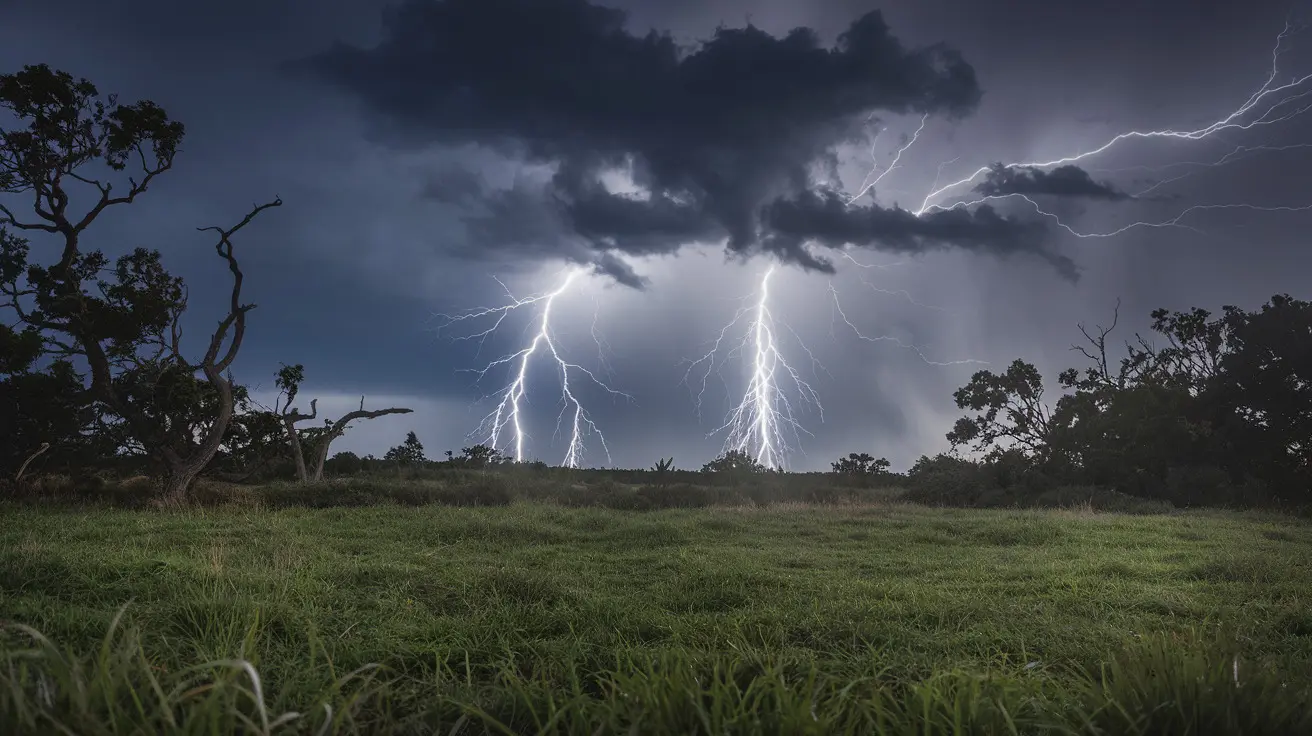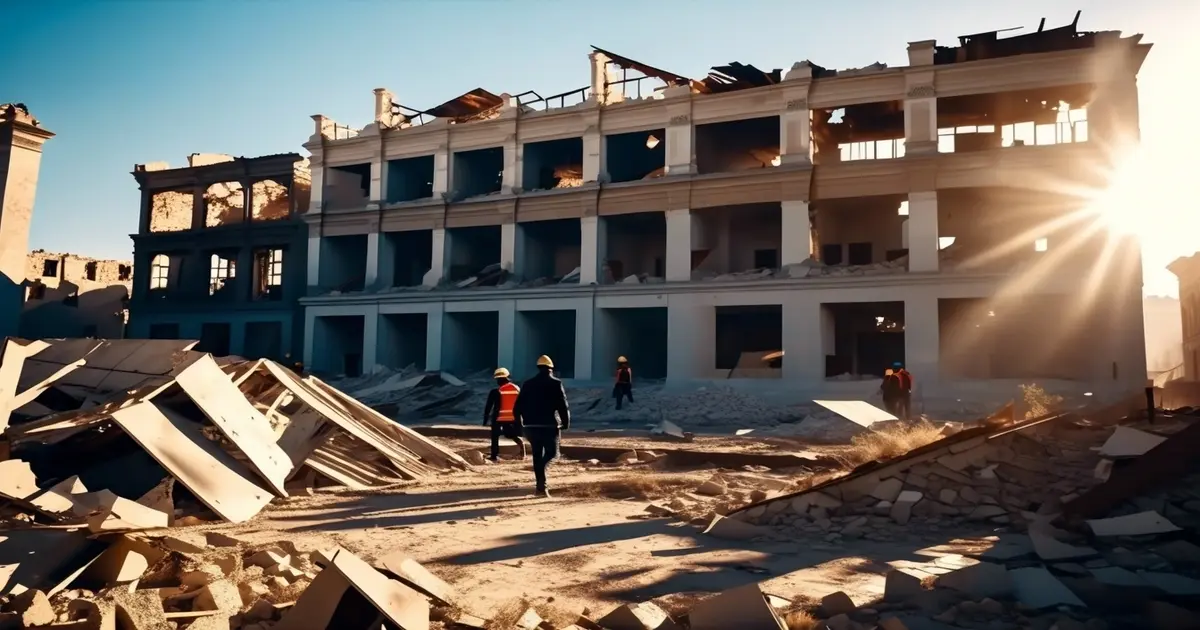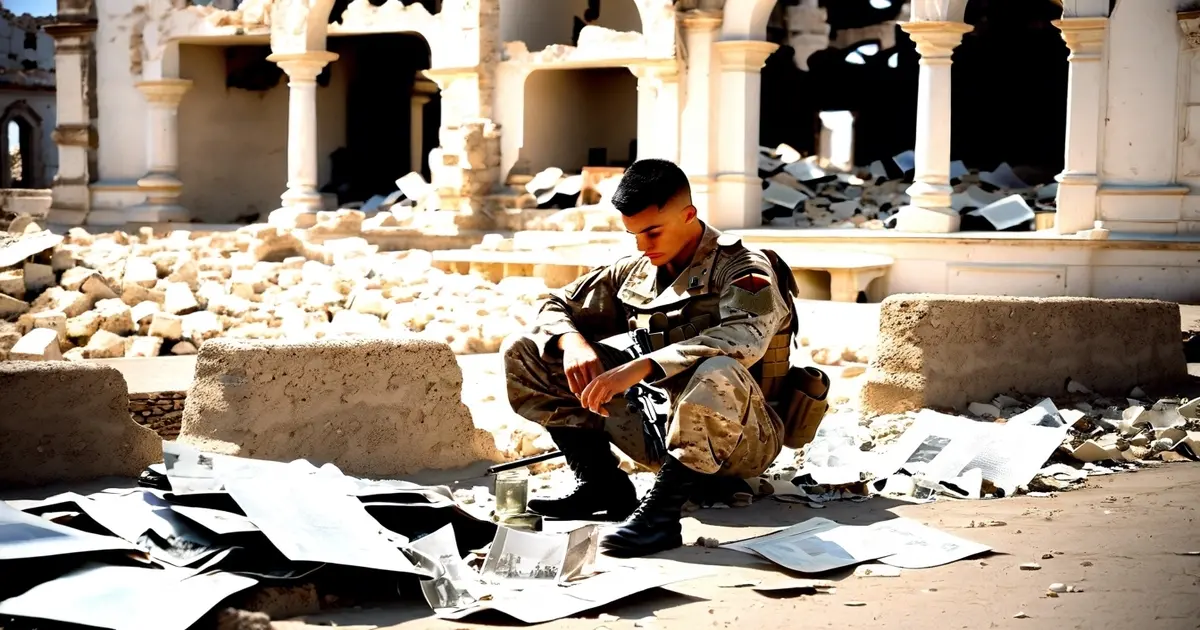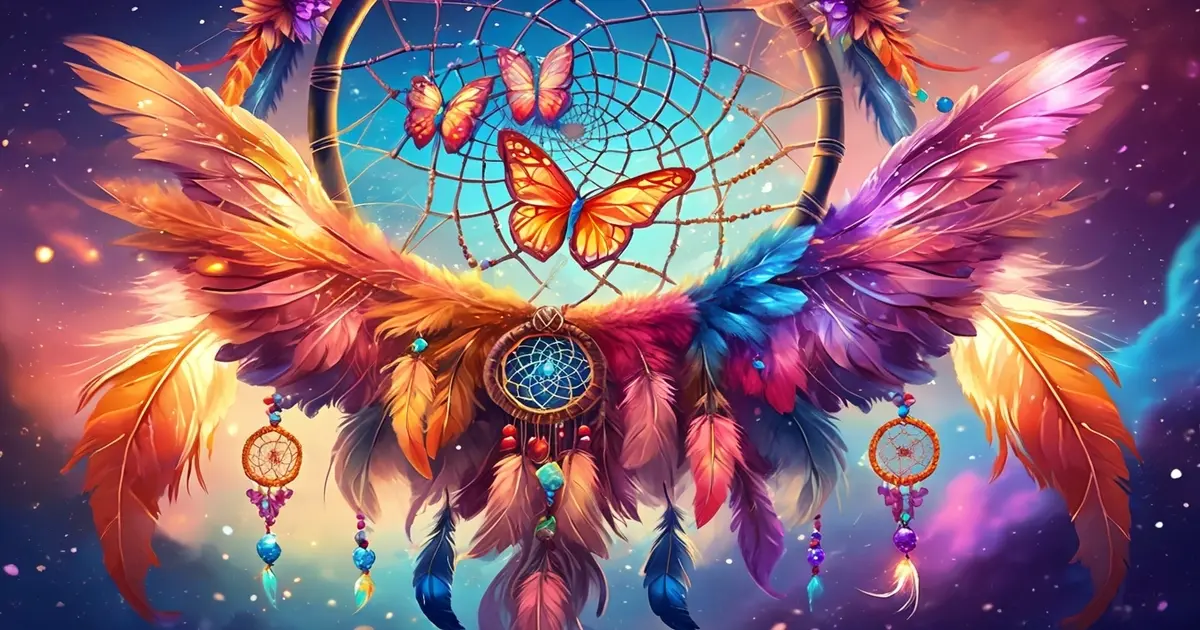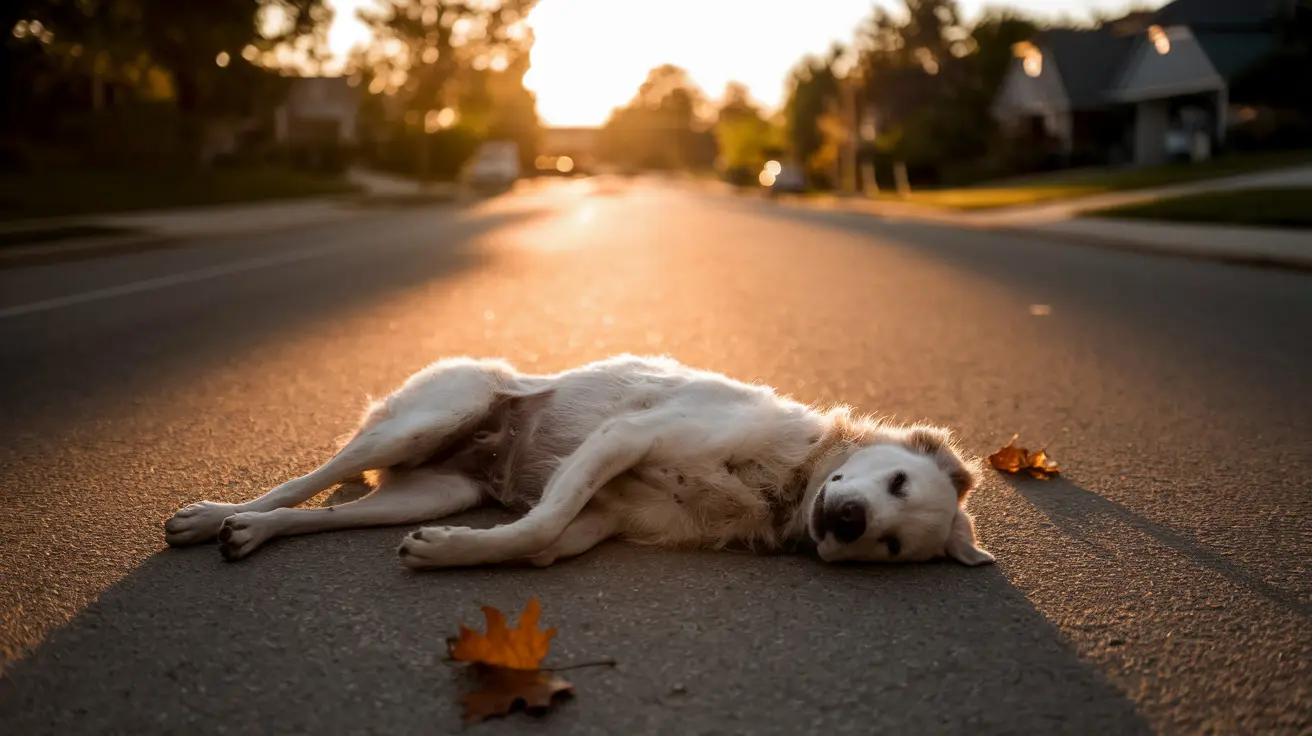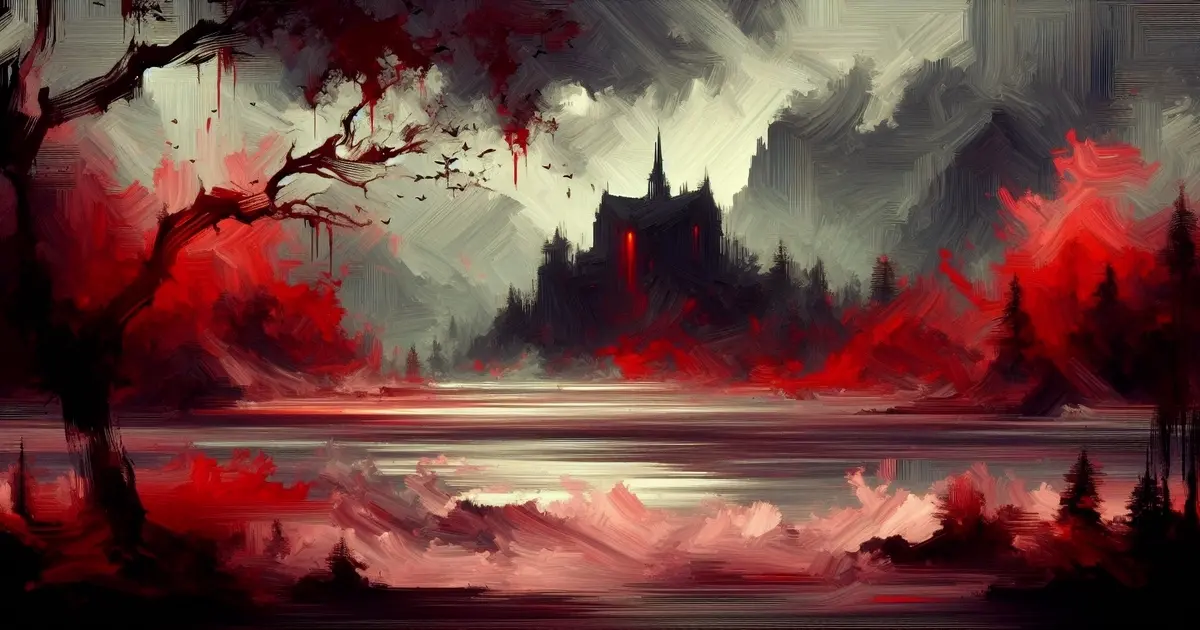Dreams About Snow: Unveiling Their Deep Meanings & Impact
Unlock the hidden meanings behind dreams about snow. Discover the significance and delve deeper into your subconscious mind.

“ Snow tends to indicate a restart. A new coat might signify day one of a habit, a sharper delineation, or a shift in occupation. “
Dreams about snow include snowfall, snow-covered locations, or interaction with snow, and are frequently associated with notions of peace, chill, transformation, or a halt. Meanings depend on the plot and the mood — new snow suggesting a fresh start, melting snow indicating relief, or a blizzard representing stress or thwarted plans. Color, light, and sound matter, bright white, dull gray, crunch underfoot, or mute air setting tone. Culture, real-life weather, and personal memory direct most links more than symbols do. Sleep stage, stress load, and body temperature all can influence recall and sensation. The entries underneath categorize shared scenarios, chart probable triggers, and indicate when a dream signifies well-being, security, or practical necessities.
Key Takeaways
- Snow in dreams can indicate new beginnings, repressed feelings, transformation, or a sense of stagnation and loneliness. It can indicate happiness or wistfulness if you were happy or wistful in your dream.
- Your feelings fuel the significance, so record your feelings in the dream and upon waking. Note essential details in a journal—setting, characters, weather, etc.
- Dream interpretations provide hints — for example, battling through snow hints at obstacles, while observing snowfall suggests contemplation. Focus on steps, stumbles, construction, or observation.
- Context is everything, including culture, climate, and your personal history with snow. List any memories, traditions, or associations snow has for you.
- Beyond symbolism, check actual triggers (recent media, seasonal exposure, room temperature, or sleep quality). I want you to spot patterns over weeks.
- Decode your dream with questions — what requires clearing, what emotions go unexpressed, what metamorphosis is in progress. Consult a mental health professional if your dream is disturbing or affecting your life.
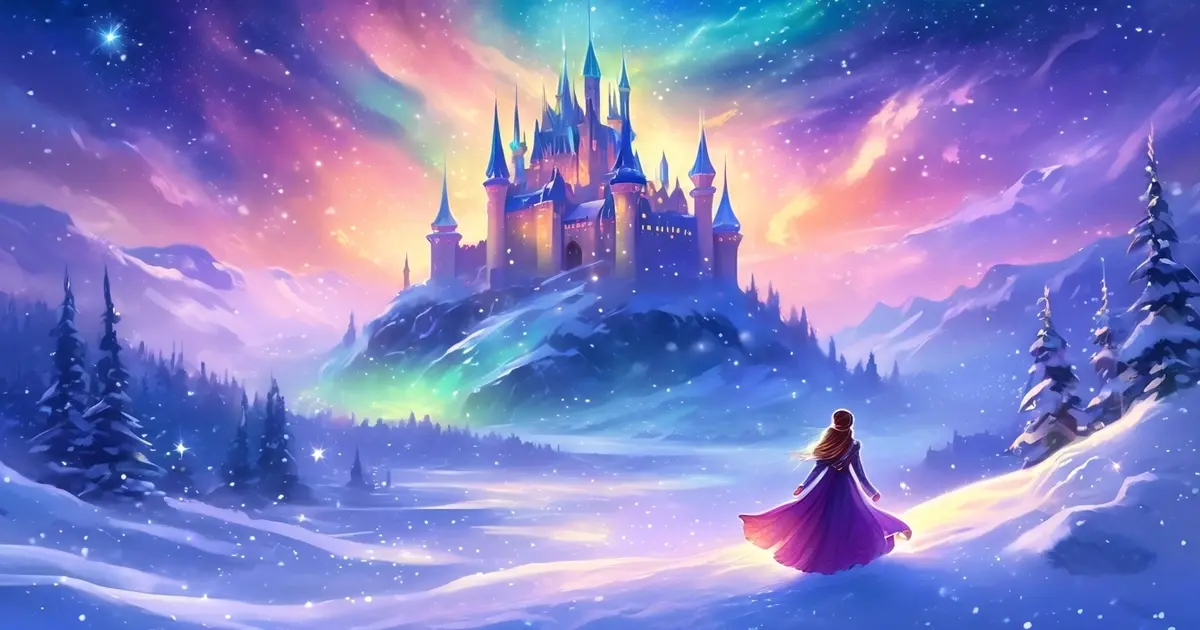
What Do Dreams About Snow Mean?
Snow, fluffy, and frozen water symbolize the dreamer's inner weather, reflecting mood and outlook. For dream interpretation, consider how a snowy landscape maps these inner feelings.
1. Emotional Blank Slate
Most folks interpret drifting snow as a fresh beginning. Pure white scenes can indicate clarity after cacophony.
A broad, untouched field can indicate a desire to release past stress. Others associate this with releasing negative vibrations.
Since every snowflake is special, a light flurry can also foreshadow new thoughts—little changes that make people behave differently around you.
2. Hidden Feelings
Snow can blanket the ground like a sheet, reflecting emotions sequestered out of frame. A silent, soft, muffled snowy landscape indicates ideas you decide to crystallize, not confront. If the snow is deep or heavy and complex to trudge through, the dream can highlight stuck moments—work procrastinated, decisions dodged, or weariness that weighs down every step. Driving through drifts or encountering roadblocks commonly mirrors life obstacles you must prepare for, not avoid. For Carl Jung, snow can provide a fresh perspective on an issue — the frigid timeout decelerates the tableau so you can observe shapes. If snow melts in a dream, it may indicate understanding, internal room, or a gentle separation from past connections. This transition from ice to water demonstrates movement and freedom.
3. Personal Transformation
Snow tends to indicate a restart. A new coat might signify day one of a habit, a sharper delineation, or a shift in occupation.
If it snows in summer, many read it as a pleasant surprise: good news from an unlikely place, a chance you did not expect.
4. Isolation and Stillness
Snow is a hazard that restricts movement and interaction. In our dreams, dead ends might reverberate like social distance or workplace silos.
If somebody uses snow as a 'weapon', like snorting your door, it can indicate feeling unbacked.
A still white road may echo an actual craving for sleep. Stillness may be nurture, not escape.
Notice who accompanies you, how cold it is, and if help is close.
5. Joy and Nostalgia
Light snow can ignite play, community, and indoor warmth. A few easy images can elicit nostalgia.
A child's snowman or shared tea can now display your desired comfort.
Steady flakes usually indicate purity and a fresh start, with peaceful intent.
How Your Feelings Shape the Dream
Feelings define the mood and significance of snow in dreams. Joy or wonder indicate a new beginning or embrace change, while fear or dread signify pressure or a heavy load. Peaceful souls often dream of fluffy snow and still landscapes, whereas frayed minds might perceive snowstorms, whiteouts, or heavy snowfall. Stuck in the deep snow can be a metaphor for emotional impasse or a closed road. For most, snow represents a desire for tranquility and a fresh start, making the dream a prompt to calm down and clear your head amidst the snowy terrain of life.
It's about your personal history. If you grew up building a snowman—three stacked balls, branches for arms, stones for eyes, a carrot for a nose, and a scarf or hat on top—you may feel a sense of protection or joy in a snow dream. Conversely, your dream snow might seem aggressive if your memories involve whipping storms or challenging snowy conditions. Cultural frames color the scene as well. The 'Eskimo snow' cliché, related to Franz Boas and subsequently Benjamin Lee Whorf's linguistic relativity hypothesis, argues that Eskimo–Aleut languages like Yupik and Inuit have a richer vocabulary for snow. A 2010 study supports this idea, indicating that if your language labels various types of snow, your dream may differentiate snow into more subtle hues than a language that doesn't.
Spiritual associations also tint the dream. In the Bible, snow is associated with cleansing and forgiveness, so the dream may mirror a desire to seek forgiveness or begin anew. In specific Islamic interpretations, snow can indicate deliverance and bounty following hardships, making it feel optimistic after a tough time. Snow symbolizes purity, calm, and clarity in various faiths, further enriching the dream context.
Real-world truths can infiltrate and direct the feeling. Learning that Mount Rainier and Mount Baker sometimes top the charts in annual snowfall, or that Sukayu Onsen in Japan is distinguished for its deep snow, can inspire awe. Snowfall varies significantly yearly; higher stations receive more by elevation, and some ski resorts have higher totals than official locations. Technical bits can surface too: rime ice forms when supercooled droplets freeze on surfaces—soft rime, hard rime, and clear ice—and it can add weight, drag, and risk to aircraft. All ice kills, lifts, and can tear up or tear off if ingested. That kind of insight can make a dream storm taut. Even science history can shape tone: Ukichiro Nakaya, who made the first artificial snowflakes, may cue a curious, calm mood rather than fear.
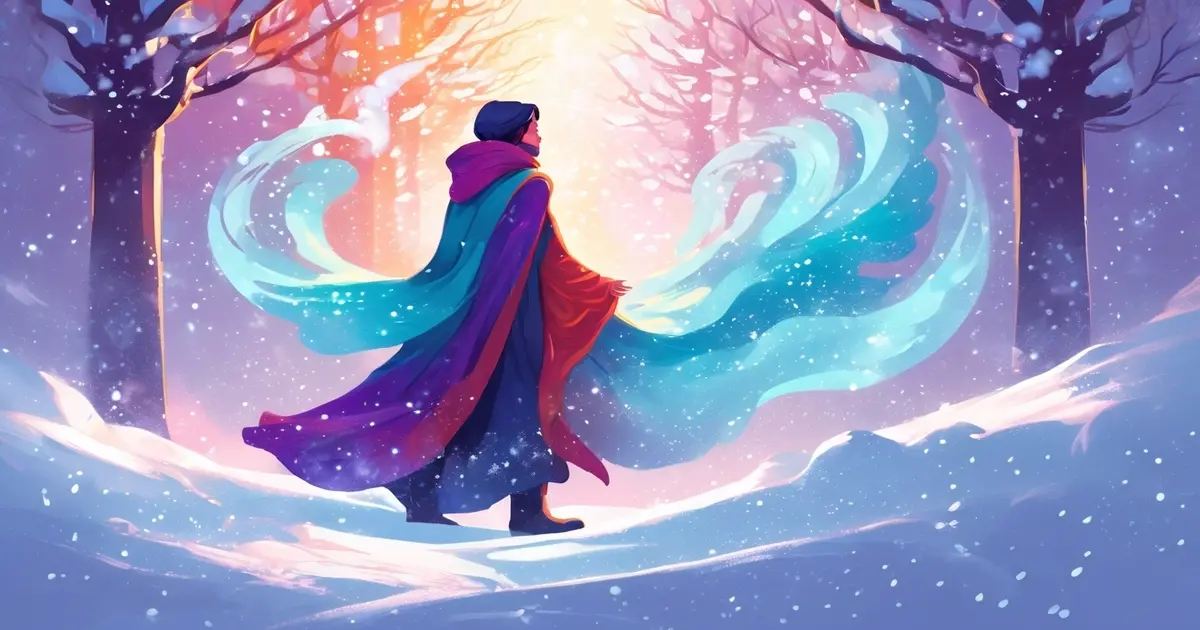
Common Snow Dream Scenarios
Snow in dreams typically indicates transformation, control, or a restart, with the snowy landscape influencing the dream interpretation based on how you act in the scene.
Movement and Obstacles
It's like yin and yang, the push and pull in life, walking on snow. Open trails indicate firm footfalls on your way. Sinking or losing footing can indicate danger, a need to decelerate, or a request for assistance.
Slippery roads and hills that are too steep tend to reflect actual boundaries. Snow and ice demand slower speeds and four-wheel drive for traction, so a skid or spin-out could mean bad traction in the wrong direction. A stuck car can suggest blocked momentum, while discovering chains or sand allude to resources and assistance you can access immediately.
Skiing dreams, for example, tend to indicate a transition from one phase to the next. Easy cruisers indicate self-assurance and good timing; falls warn you to practice skills or lighten your load. Skiing is a means of transportation and a competitive sport, with competitions sanctioned by the International Olympic Committee and the International Ski and Snowboard Federation, so that a race environment can emphasize objectives and equitable regulations.
Snowmobiles amp up the power. They operate on two-stroke or four-stroke gasoline engines, and four major North American manufacturers dominate the industry. If you ski fast on a groomed trail, it's about speed and selection. Snowcross, freestyle, or long off-road races in dreams can reveal how you deal with danger, noise, and rapid decisions.
Observation and Interaction
Watching snow and having it translate as cleanliness or tranquility or a new beginning doesn't take much effort. Snow so wet and heavy that it sticks around can seem like misfortune or melancholy, whereas light flakes that dissolve quickly signify a momentary inconvenience and swift deliverance. A snowball can denote a full-circle period and the desire for fresh beginnings. Creating or hurling a snowball for amusement on a hard day's end, employing snow as a "weapon" can signify solititude. Snow cleanup means a hard day's end, snow shoveling your own yard can demonstrate that you've released sorrow and again feel free. Weather details matter too: rain and snow mixed is a soft, brief shift phase (METAR codes RASN or SNRA). Graupel—2–5 mm, opaque rime pellets—develops when supercooled drops freeze on flakes (GS), frequent in storms and at elevated terrain, and is not hail or ice pellets.
Snow may indicate enlightenment, sanctity, or wisdom in certain religious traditions. The Bible references it 23 times. Remember the scene and culture before you read it.
Unique Occurrences
Igloos are distinct in dreams, often representing a snowy landscape. An igloo, or snow house, employs fluffy snow as an insulator, creating a cozy environment inside that can hover around -7 to 16 °C, warmer than the surrounding air. This imagery is associated with individuals in Canada's Central Arctic and Greenland's Qaanaaq region, where many Inuit utilize snow primarily to insulate dwellings. Constructing an igloo in a dream can signify that you are establishing a secure area, controlling thermal dispersion, or setting well-defined boundaries. Another strange motif is the 'wrong kind of snow,' which began in the UK in 1991 when British Rail attributed service interruptions to a 'newly discovered' type of snow. The media laughed at it, making it a catchphrase for fuzzy communication related to rail and winter delays. If your dream depicts authorities or superiors accusing the "incorrect snow," it may suggest avoided responsibility, ambiguous communication, or poor organization, especially when tossed into snowy conditions like whiteouts or drifts up to the door.
The Cultural and Personal Lens
Dreaming of snow reflects how a culture embraces winter and how an individual navigates life's cold, aging, and fleeting nature. The snowy landscape we carry from home, faith, and memory haunts the signs we witness at night. In the dream context, snow can symbolize various emotions and experiences, influenced by cultural backgrounds and personal histories.
Between cultures, snow in dreams brings a divided omen. New snow might mean a clean slate, stillness, or silence to these Western eyes. Islamic sources can interpret heavy snow as difficulty when it impedes life, but as comfort when it thaws and opens roads. Hindu readings may connect snow to purity and restraint, but to remoteness or postponement. These frames matter because they guide what we think the dream asks us to face: hope, caution, or change.
Life experiences add yet another dimension to dream meanings. Some individuals adore the crisp air and shining snowfields, while others feel stiff at the first frost. Photographer Oded Wagenstein, a Middle Easterner working in the tundra, described the strain and awe he felt in the cold. His series, "Forgotten Like Last Year's Snow," shadows old women in Yar‑Sale, Siberia, linking snow to aging, yearning, and remembrance. This interpretation can shape dreams: a white field may evoke care for an aging family, missed time, or a desire to pause life amidst the snowy terrain of our existence.
Local history also influences dream symbols. For the Nenets in Siberia, reindeer symbolize family, myth, nourishment, and journey. A sled—derived from Middle English—can indicate the assistance of others, communal burdens, or speed on frozen earth. Winter sports like cross-country skiing and snowboarding may symbolize skill and self-drive, while ice hockey can represent group goals and rivalry. In regions like the Great Lakes, where snow drifts reach 150 cm every winter, snow can embody obligation and determination. Rare instances, such as the orange-tinted fallout reported in Omsk Oblast in 2007, can plant subconscious suspicions or unease, adding complexity to the snow dream's meaning.
If a dream feels heavy, recording what the snow does, who accompanies you, and what the cold demands is essential. Pairing these observations with your culture, past winters, and current life stages can help you gain deeper insights into the dream interpretation process and uncover the spiritual messages of your snowy dreams.
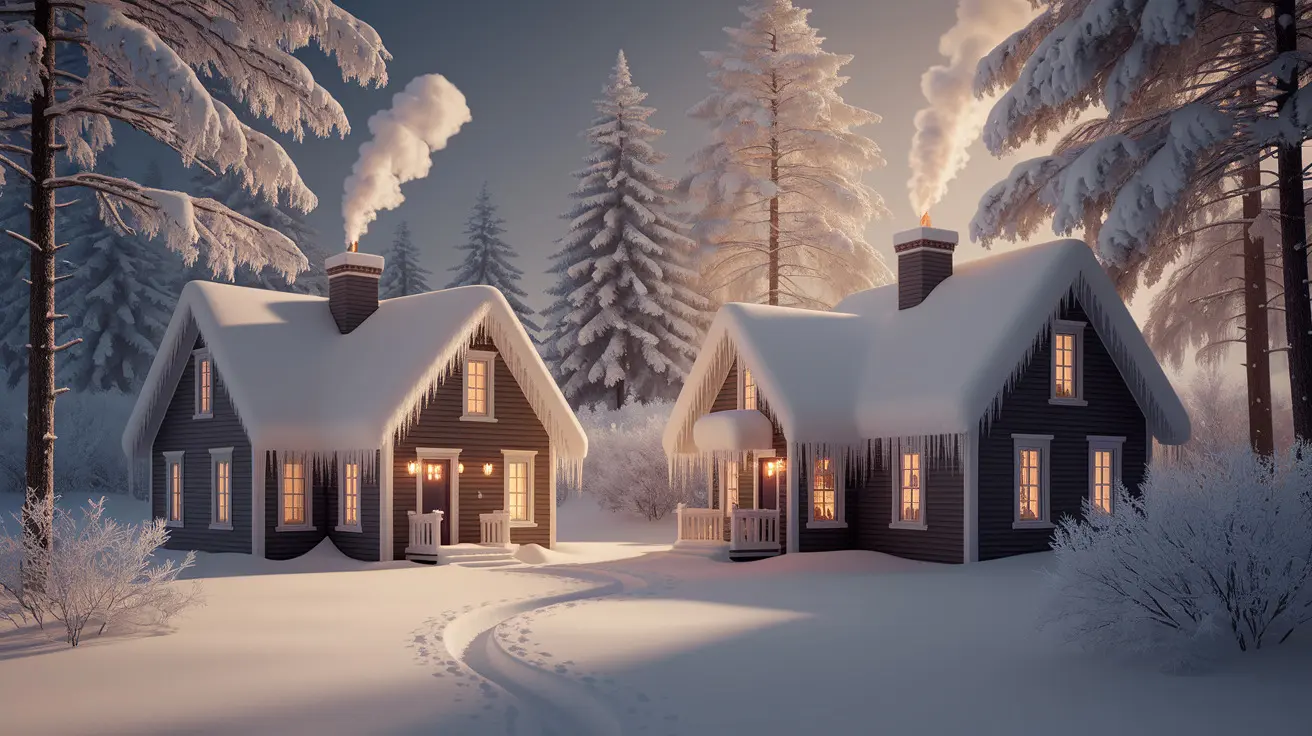
Beyond the Obvious Symbolism
Dreams of fluffy snow contain more than purity or calm. They draw from how the brain lights up at night, what the winter season stamps on memory, and how art and culture instruct our emotions about snowy landscapes.
The Neurological Trigger
The slumbering brain weaves visions from feeling, recall, and stray sensory snippets that render snowy landscapes a supple stage. Cold imagery can map onto stress circuits and signal hardship or scarcity, resonating with actual fears about nourishment, finances, or assistance. That's why some dream of slogging through deep snow, stuck or winded, which parallels being blocked. Others shift into play: a snowball hints at a clean start, compact and ready to throw; a snow angel signals a need to rest, have fun, slow down, and recharge. The mind samples learned facts—ice forms at or below 0°C, its numerous crystal types, or even climate news about ice shrinkage—and these annotations can influence tone and narrative. Random links appear too: interstellar ice, low-density and far away, can show up as strange, dark snowfields. Spiritual memory can surface without push: some recall Islamic readings where snow foretells relief after hardship, or biblical lines about cleansing (Psalm 51:9) and renewal, with snow cited 23 times, including Psalm 68:14 about scattered kings. These connections don't control significance; they broaden the spectrum the mind can color with.
The Seasonal Echo
Season provides the context. If you reside where Alberta clippers roar east‑southeast with 8–15 cm squalls, your mind is familiar with quick storms, piercing gusts, and ephemeral madness. It understands blizzards—hundreds of kilometers wide, power down, travel hazardous—and ground blizzards that dust roads days after snowfall. Those inputs fuel dream weather, a thrust, or a pure, still city at dawn. For many, snow means water: snow hydrology, melt, spring runoff, and the remote sensing maps you see in the news. That connection can cast snow as suspended capital or as an account book.
Dream timing is essential. Christmas snow in a dream can signal a desire for guidance or camaraderie, not presents—support from your tribe.
The Artistic Influence
Culture instructs winter emotions. A snow angel—arms and legs swept wide, fresh powder, standard photo—primes joy, play, and reset.
Shelters–snow caves, igloos–signal security in brutal environments. Inside, it can be almost 0°C despite driving wind, so that the dream could veer toward shelter.
Faith art adds other tones: forgiveness "white as snow" (Psalm 51:9), snow‑fed mountains as refreshment, or, in Islamic readings, blessing after trials. These symbols can sweeten terror or cement a tough season.
How to Interpret Your Dream
Begin with the scene, your mood, and how the snowy landscape affected you. Notice what the snow felt like (light, deep, dirty, melting), how it moved (gentle fall, strong wind), and what emotions you experienced (calm, stuck, thrilled, numb). Snow frequently indicates purity, freshness, and new beginnings. It can also signify distance, chilliness, or the necessity of slowness. Maintaining a dream journal is essential to track patterns from night to night and connect dream symbols to real events.
Trace the snow's shape to its significance. A soft fall can mean a hush, a reset, and a new perspective. Carl Jung associated snow with a clean new lens on life. Conversely, deep, heavy snowfall that's difficult to walk through can denote stress, obstruction, or goals that seem stalled. If a blizzard strikes—by definition, a fierce snowstorm with strong winds—the chaos might reflect either information overload or conflict. People often absorb public frames: lists of blizzards, usually categorized by continent and logged since 1972 as severe weather hazards, can prime your subconscious mind to tie snow with risk. Beware of old sources—some articles are maintenance-challenged and need updating, which can bias your interpretation.
Be on the lookout for 'snow cousins.' Freezing rain (METAR: FZRA) coats things in ice and can shut down roads or power. If ice coated everything you touched in the dream, search for inflexible regulations, negotiations that have bogged down, or fragile relationships. Ice pellets (METAR: PL) bounce and sound sharp; they can mean tough facts that hit, then pass. These specifics are directly significant from the straightforward understanding that "snow foretells new beginnings."
Screen for artificial snow. Snowmaking utilizes water and compressed air. When the air is cold and humid, it is energy-intensive and changes the microenvironment. If you dreamed about artificial snow at a ski resort or a scene from the Winter Olympics, inquire if a 'clean slate' somehow seemed unnatural, expensive, or contrived. Groomed "corduroy" trails, carved by snowcats and tractors, might indicate control, polish, and paths of convenience; tidy rows can assist your progress, but conceal rough terrain. In others, snow as a "weapon" signifies solitude or absence of assistance. Culture matters too: some see snow as pure, others as harsh. Consider spiritual clues—snow's crystalline appearance can mirror the ego and signify silent expansion. Finally, if the dream demonstrated risk, it can signal a test of devotion.
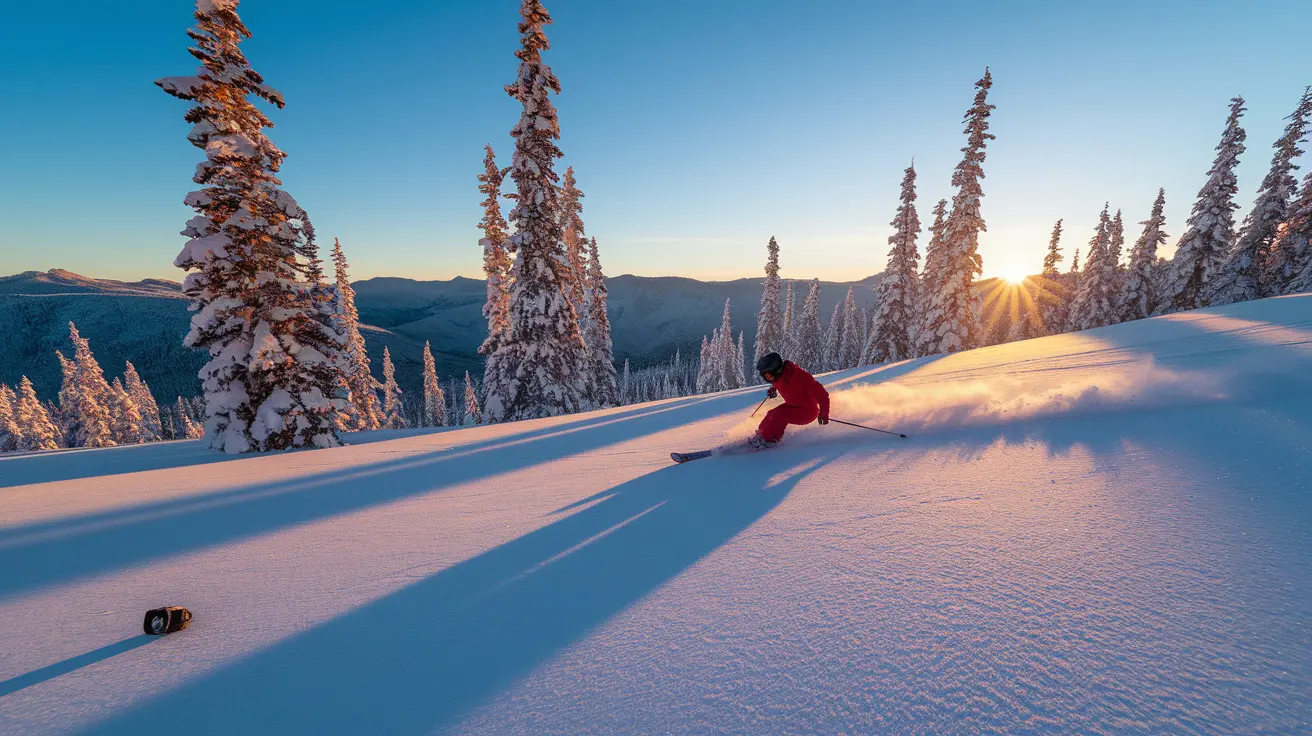
Conclusion
Dreams about snow speak volumes, but the tone is yours. Still, flutter can suggest sleep. A whiteout may signal stress. Melt can indicate transformation. Consider a silent street at dawn, an icy grip on a sharp climb, or slush that conceals muck. Every scene provides a hint. Your disposition, history, and connections to location and religion influence the reading.
To add up, notice little things: color, sound, temperature, speed. Pay attention to your physiological signals: jaw clenched, puffed breath, regular heartbeat. A speedy morning blot can swiftly pin a connection.
Got a snow dream cooking in your noggin? Give 'em the gist and your vibe, and request a brief read. Let's get it straight, shallow, and clear.
Frequently Asked Questions
Recent Dreams
Other Dreams
Read more dream interpretations
Dive into the realm of dreams. Explore various dream interpretations. Enhance your understanding of what your dreams could be telling you.
About the author
We provide insights to harness the power of your dreams, improving not just your nighttime narrative, but your daily life as well.


